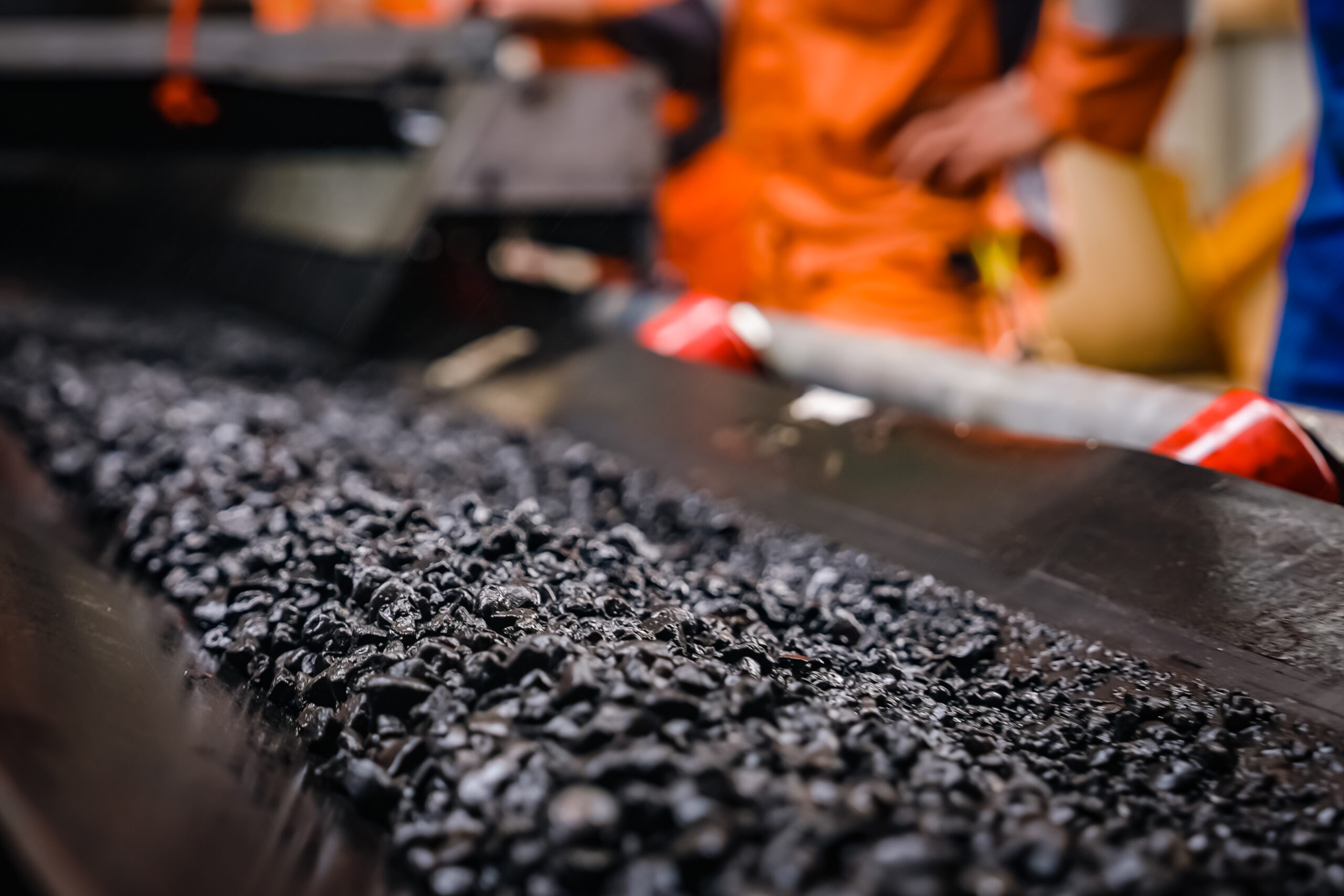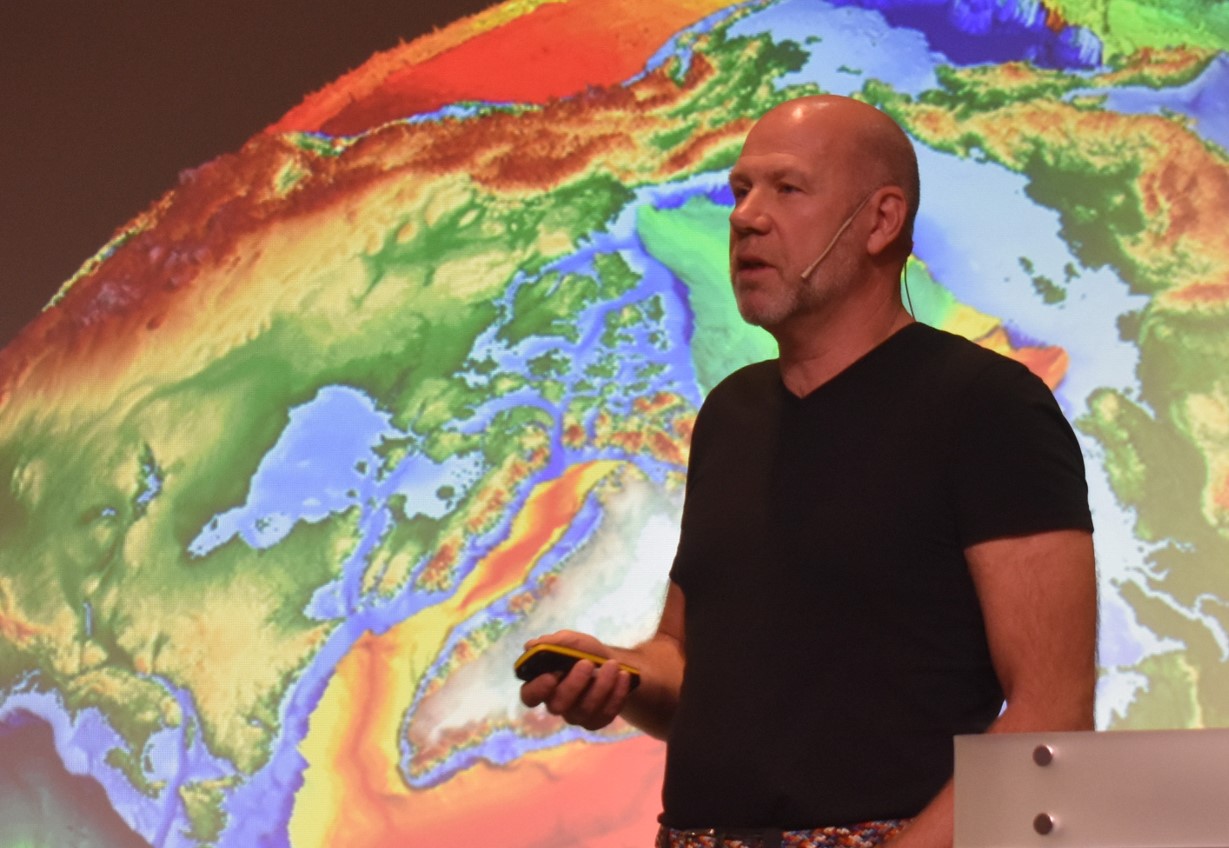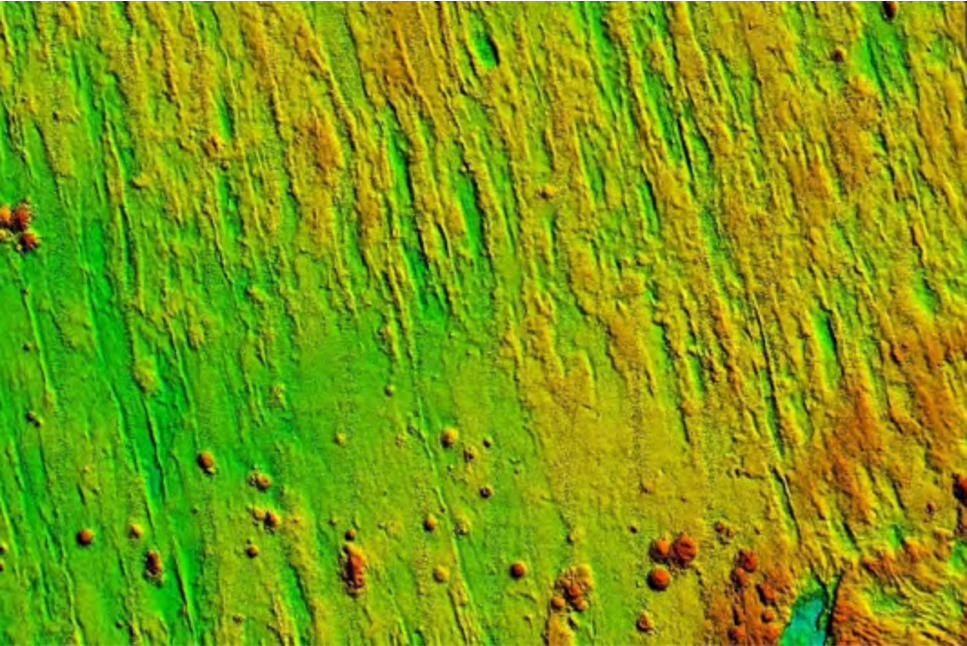Following a 12-minute trip from the seafloor to the production vessel Hidden Gem, nodules were dewatered and sent along a conveyor to the vessel’s hold for storage.
The entire operation took about one hour upon which nodules were collected along 150 meters of the seafloor and then transported to the surface using a 4.3 km riser system.

“The pilot trials thus proved that the Allseas-designed nodule collection system can withstand the pressures and temperatures of its deep-sea operating environment” (“Getting Ready for Nodule Harvesting”).
“With the first nodules making their way from the seafloor to the surface using an integrated pilot collection system, we find ourselves at a historic moment in the development of this industry. This is the first such test in the Clarion Clipperton Zone (CCZ) since the 1970s,” Gerard Barron, CEO & Chairman of The Metals Company says.
While several ISA contractors including BGR and GSR have successfully conducted trials of prototype nodule collectors in recent years, NORI’s tests will mark the first time an integrated nodule collection system — including nodule riser — has been tested in the Clarion Clipperton Zone since the 1970s, when oil, gas, mining and industrial majors including Shell, BP, Rio Tinto (Kennecott), US Steel, INCO (Vale) and Sumitomo successfully conducted pilot test work, collecting over 1,500 tons of nodules.
The Metals Company
At the same time, Barron is eager to stress that their strategic partner Allseas has shown why “they’re the best in the business when it comes to pioneering offshore engineering and operations”.
At Deep Sea Minerals 2022 in Bergen, October 25-27, The Metals Company will give three talks: Public Perception Status: Narratives Propagated About the Industry, by Erika Ilves, Chief Strategy Officer, Pyrometallurgical and Future Zero-Waste Processing of CCZ Polymetallic Nodules by Jeffrey Donald, Head of On-Shore Development and Lifecycle Analysis by Erica Ocampo, Chief Sustainability Officer.

Monitoring the environment
Aboard a dedicated 103-meter-long monitoring vessel, expert industry contractors and independent scientists from leading research institutions from around the world are conducting a complex monitoring program to assess the environmental impacts of the collector system trials using an array of over 50 subsea sensors and monitoring stations.
The assets are designed to record any changes in the marine environment that may occur during testing of the collector system.
The state-of the-art technology that TMC subsidiary NORI has applied to this monitoring effort includes
- over 20 strategically positioned sediment collection stations;
- acoustic moorings and landers to measure sound propagation;
- two Autonomous Underwater Vehicles (AUVs) conducting underwater mapping;
- two Remotely Operated Vehicles (ROVs) collecting water samples in the plume;
- optical backscatter and laser diffraction sensors to measure sediment particle settling velocity;
- trace metal samplers;
- seven fixed landers equipped with Acoustic Doppler Current Profilers (ADCPs) and conductivity, temperature, and
- depth (CTD) sensors.
NORI expects the findings from the data being collected will be published in scientific literature next year.
At Deep Sea Minerals 2022 in Bergen, October 25-27, Kamila Mianowics, Senior Specialist on Environmental Procedural Standards at Interoceanmetal Joint Organization will give an overview of baseline studies concerning polymetallic nodules.
Upon completion of the trials, the research teams will undertake post-collection surveys to compare the status of the environment before and after the test. The data collected, together with many terabytes of existing baseline data collected by NORI throughout 16 offshore campaigns, will form the basis of NORI’s application to the International Seabed Authority for an exploitation contract, which the Company expects to submit in the second half of 2023.
The ongoing collection system trials and concurrent environmental impact monitoring campaign are part of the International Seabed Authority’s regulatory and permitting process and will provide critical environmental data to inform TMC subsidiary NORI’s application to the ISA for an exploitation contract, and the current campaign’s collector vehicle has successfully been test-driven approximately 18.1km within NORI-D.
A video accompanying The Metals Company’s announcement is available at
https://www.globenewswire.com/NewsRoom/AttachmentNg/453aa06e-2539-4e43-a8f9-36c837e78cd0





